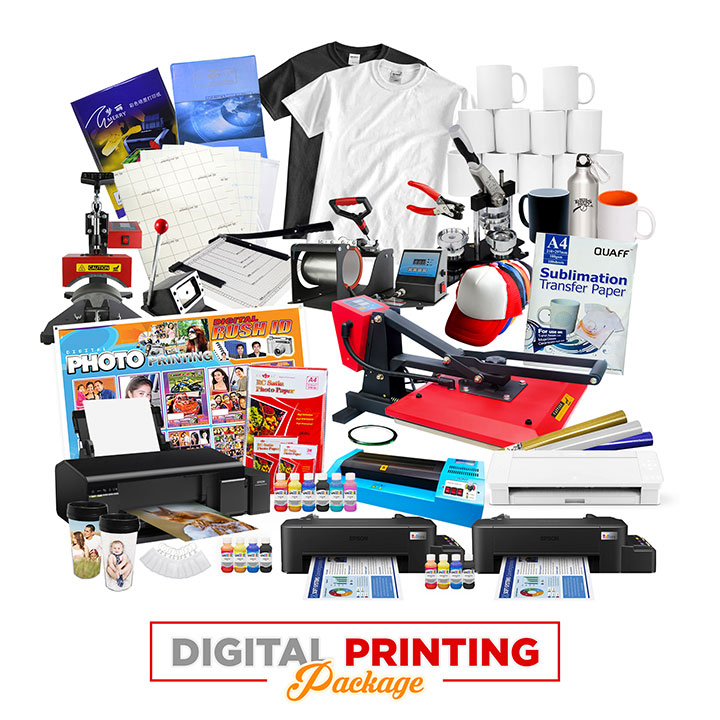The Basic Principles Of Digital Printing
The Basic Principles Of Digital Printing
Blog Article
The smart Trick of Digital Printing That Nobody is Discussing
Table of ContentsThe Single Strategy To Use For Digital PrintingThe Facts About Digital Printing UncoveredSome Known Details About Digital Printing The Basic Principles Of Digital Printing Little Known Questions About Digital Printing.Things about Digital PrintingAll About Digital PrintingHow Digital Printing can Save You Time, Stress, and Money.
Customization also enables organizations to attract attention in a jampacked market by producing one-of-a-kind advertising and marketing materials that distinguish them from their competitors. One of the primary advantages of electronic printing is the capability to publish variable data. Each published item can be one-of-a-kind, enabling organizations to create individualized advertising and marketing materials that talk directly to their target market.Digital printing likewise enables customization in the design of advertising and marketing products. With electronic printing, businesses can develop layouts that are one-of-a-kind and tailored to their certain demands. This can include customized graphics, font styles, and layouts that can assist to differentiate them from their competitors. Another advantage of digital printing is the ability to publish on need.
The Main Principles Of Digital Printing
This advantages businesses that wish to check various advertising techniques or release brand-new product or services. By publishing smaller amounts of advertising and marketing materials, companies can lower waste and avoid the requirement for excess supply. Digital printing is additionally functional. It can publish on different materials, consisting of paper, cardstock, vinyl, and steel.
By using various products and formats, businesses can create special marketing products that stand out from their rivals and stand out from their target market. Digital printing also provides uniformity. With standard printing techniques, there is often variation in between prints because of differences in ink coverage, pressure, and various other variables.
This consistency can aid build consumer depend on and credibility, revealing that the company is dedicated to providing high-quality materials. Consistency is specifically important for companies that want to build client trust and reliability. By making certain that every print is constant, services can reveal that they are committed to supplying top quality materials and focusing on the details.
Digital Printing - The Facts

In enhancement, digital printing produces much less waste since it can publish as needed and in smaller quantities, decreasing the requirement for excess inventory and materials. Digital printing also utilizes less energy compared to typical printing approaches. Digital printers do not call for as much power to run, as they do not need to warm up as a lot or make use of as much power to run.
Not known Factual Statements About Digital Printing

Balanced out printing needs a plate for each shade printed. Standard balanced out printing is a print approach that uses light weight aluminum plates to transfer ink onto a rubber sheet (frequently referred to as a "covering").
A Biased View of Digital Printing
Although the devices's set-up costs are high initially, additional systems become relatively less costly as the amount increases. Countered printing enables for a vast array of print products to be used during manufacturing. It permits the printer to use different paper types, custom surfaces, and different inks. The top quality photos produced via countered printing make it the favored technique, especially amongst visuals developers, when looking for the best shade reproduction, detail, and professional-looking prints.
For electronic inkjet printing, ink is transferred directly onto the surface. Instead than depending on light weight aluminum plates and rubber coverings to transfer a photo, digital printing uses liquid ink during production.
Facts About Digital Printing Uncovered
Because balanced out printing can mix personalized color inks for each task, it will normally obtain the colors spot-on. Count on offset printing for tidy, unique types and pictures without touches or spots.
It costs a great deal to begin a balanced out work. You need to invest cash into developing the plates, which takes some time. Once you've invested it, all of the products are all set to go, and you'll spend much less on big balanced out jobs than a digital print, which is regarding the very same per piece no issue exactly how big the task obtains.
Each print equals. You risk less strange variations created by inequalities in water and ink. Digital printing is less official website costly for low-volume jobs. The rate each drops for electronic printing, so eventually, they crisscross. Changing info within a single print job. For instance, state you were publishing out postcards promoting a performance.
Digital Printing Things To Know Before You Buy
While digital printing or inkjet printing is the recommended choice in the present times, there are compelling factors to convert from countered to electronic printing systems. When publishing balanced out or digitally, critical choices and procedures blog are entailed in color matching.
Whichever the instance, the color will need to be matched. Color matching of electronic printer ink is no more challenging with dyes and pigments. Industrial inkjet printing supplies adaptability for printing on various substratums. Digital printing is optimal for customers who do not call for longer runs and warehousing materials.

One benefit of electronic printing is choosing from a wide range of electronic substratums. With electronic printing, the price of the substrate in the overall work is tiny.
Some Known Incorrect Statements About Digital Printing
drop-on-demand is the second printing modern technology to think about. Constant inkjet systems require significant upkeep, even more operator training, and greater downtime. Tools costs in inkjet printing are much lower than balanced out printing as there are no plate-making, plates, and press expenditures. Beyond the capital expenditure, the prepress tools and printing machine call for very experienced operators in offset printing, which adds labor prices.
Report this page